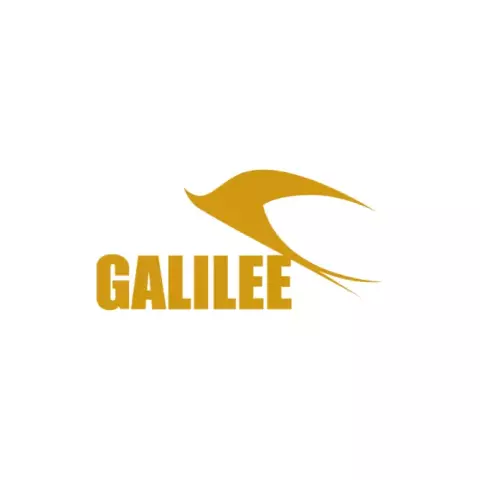Galilee Everest Food Approved Cut Protection Gloves level F
5.0 / 5
Galilee logo
Galilee
visit storeFood Safe
Product description
Cut protection gloves made of 18 gauge ultra-thin HPPE spandex tungsten fiber (no steel, no fiberglass), Level F; Micro-nitrile foam coating, food approved
- Cut Resistant
- Food Service
- Hand Protection
Request a free sample
Test first and buy later. Visit any product page to request your free sample.
Standards and labels
Galilee delivery terms
Free delivery for all Galilee products
Prices excl. VAT
14 092,14 kr
Price per 10 packages (120 pairs)
117,43 kr / pair
Estimated delivery: Aug 29 - Sep 1
Minimum: 1 cartonChoose quantity
7
8
9
10
11
Add 1 to reach minimum
Free delivery
A carton contains 10 packages (120 pairs)
View packaging details
Need larger quantities?
Other products you may like
Recently viewed
Other products you may like
Similar products you may like
Autonomous sourcing platform
The most efficient way to source and order supplies for your operations
Sourcing
Find all possible options within Europe in one place
Tap into the purchasing power of 1000s of customers
Set Price Alerts for your products and volumes
Ordering
Single process to order for your suppliers
Centralize orders to reduce admin work
Easily coordinate orders with your team



